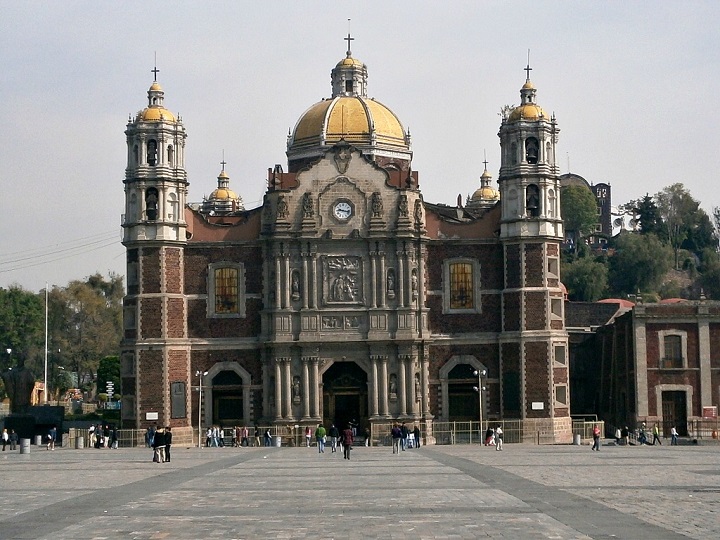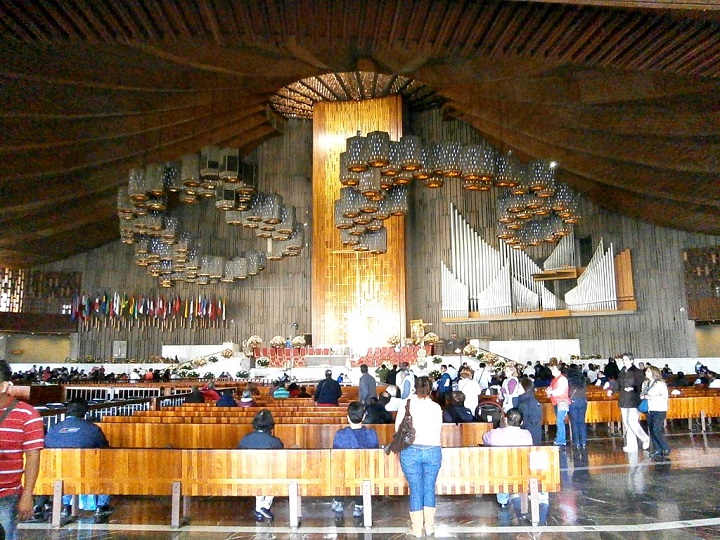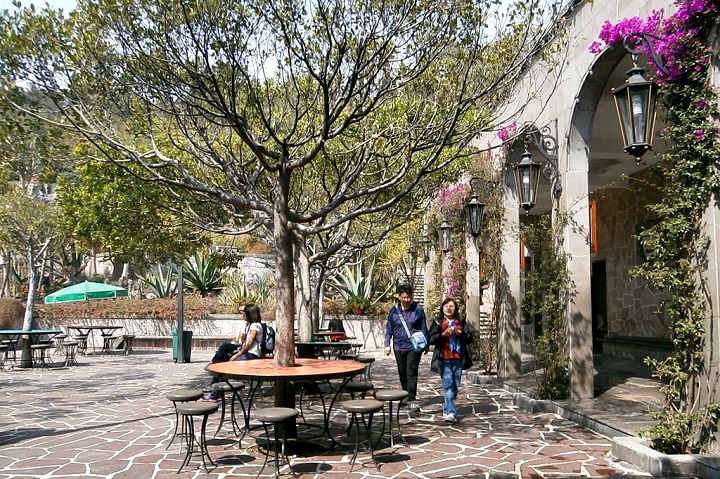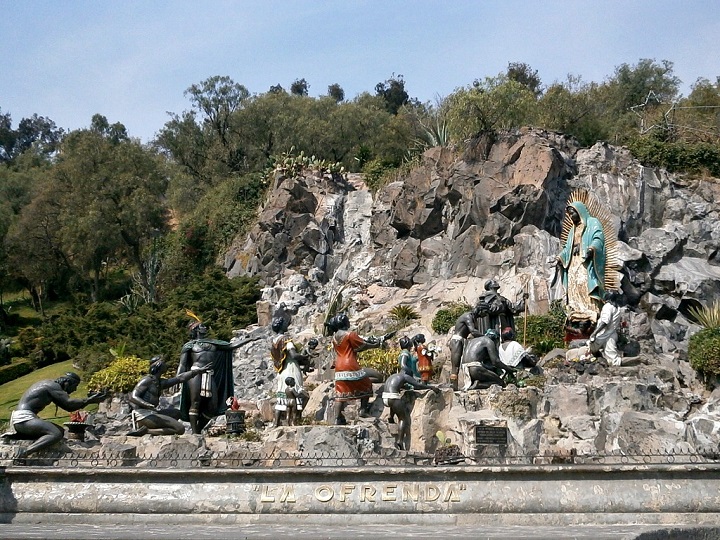ADVERTISEMENT
Filtered By: Lifestyle
Lifestyle
Mexico’s Basilica of Our Lady of Guadalupe: A mantle of roses for Juan Diego
Text and photos by ALICE SUN-CUA

The old Basilica of Our Lady of Guadalupe in Mexico City
We found the Metro station of La Villa-Basilica after a search of the Metro map. It was one of the northernmost stations on the city’s rail system, and from our place in Coyoacán, there were about 12 stops, and then we had to change trains at the Deportivo 18 de Marzo station before arriving at our destination.
The origin of Our Lady of Guadalupe
On Dec. 12, 1531, it was said, a native Indian peasant named Juan Diego was walking on Tepeyac Hill when suddenly a bright light appeared. In it a beautiful lady with Indian features, bearing a blue mantle, spoke to him in his native Nuahatl language. She asked him to have a church built on this site.
Juan Diego immediately ran to the bishop, Fray Juan de Zumárraga, who initially doubted the story and asked for proof of this encounter. The Virgin appeared to Juan Diego again, and told him to show his tilma (rough cloak) to the bishop. When he did so, a hundred red roses fell from his cloak, and it was almost impossible to have such beautiful roses (of non-indigenous origins, it was said) blooming in winter.

Inside the new Basilica. Our Lady's picture is at the foot of the Cross in the altar.
The bishop was convinced of the apparitions, and started building a church on Tepeyac Hill. Through the years many renovations and additions were done to the church as more and more pilgrims came to visit, and the church often overflowed with people.
However, there was a river running under the foundations, and the soil on which the original church was constructed was loose and unstable, and the edifice started to sink. So in 1974 construction began on another basilica, just a stone’s throw away from the old one, but also so much bigger.
Like pilgrims
There was a wide avenue leading to the original church, and from afar, one could already see many people walking towards the church complex. One both sides were several shops selling religious articles, all pertaining to the Nuestra Señora de Guadalupe. The gates were wide open, and we felt like pilgrims, arriving from afar, visiting this shrine we had read so much about.
Passing through the gates, a huge open space called Plaza de las Americas welcomed us. There the original basilica is beheld, with its four octagonal towers at each corner, and the silver dome looming behind the façade of Doric columns. We entered the dimly-lit basilica, and I noted a hum of prayers, and learned that there was a group praying the Rosary aloud in Spanish continuously, in one of the capillas. In front were the statues of the Bishop, Fray Juan, who started the church. High vaulted ceilings with tall pillars guided the eye heavenwards.
A special candle was lit, and prayers were whispered, for a friend who had to be cared for in the ICU for complications of a pelvic surgery. We sat for a while listening to the prayers and felt the calm and coolness of the basilica.

One of the beautiful courtyards in the church complex
This larger church next to the old one can easily accommodate almost 50,000 pilgrims, and has a round design almost like a salakot when seen from afar. It was a three-level edifice, with crypts in the basement.
The original cloak bearing the Lady’s image used to be housed in the old basilica, but after attempts to destroy the tilma with a bomb, plus the sinking and listing of the old basilica, the authorities decided to transfer the treasure to this new edifice in 1974. The cloak is enclosed in a bulletproof case, and can be seen from any point in the basilica. Here we also sat for a while, soaking up the atmosphere, seeing men and women walking on their knees from the door to the altar.
Aside from the two basilicas, the church complex also has a huge concrete installation with carillons in the form of a cross where audio-visual presentations of the apparitions are continuously shown. Further on are the ex-convent of the Capuchin nuns and the Chapel of the Indios.

La Ofrenda's statues depicting the Lady's apparition to Diego, with the natives' offerings.
On the sites of the apparitions were large, oval terra cotta “plaques” showing Juan Diego, and the dates of the events, surrounded by beautiful gardens with blooms. A special commemorative stone marks the place where Juan Diego, canonized as a saint by Pope John Paul II in 2002, lived all his life after the apparitions. Further on was a huge garden with larger-than-life-sized stone images of the Lady, San Juan Diego, and native Indians in their finery, offering gifts to the Lady.
This Marian devotion, it was said, “underpins the faith of Catholics in Mexico”; it has a very strong following in all of South America, and even in our country, where many places venerate Our Lady of Guadalupe. — BM, GMA News
More Videos
Most Popular




